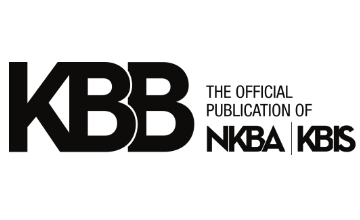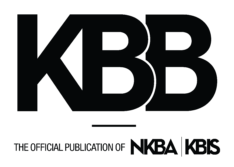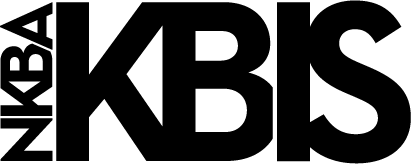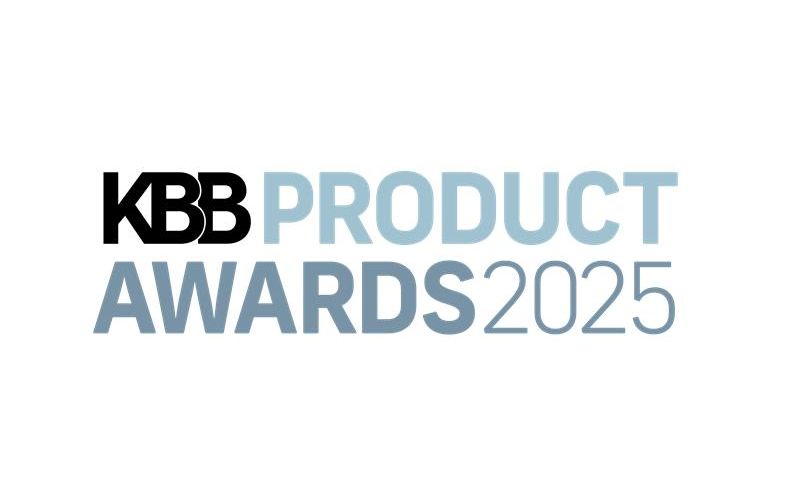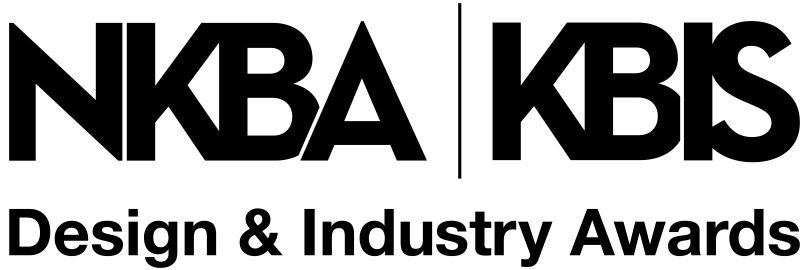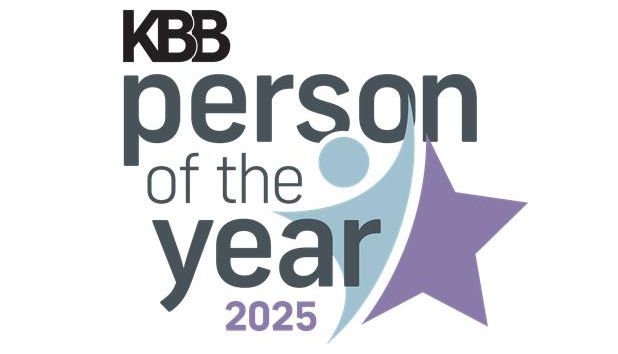It has been about two years since I did a column on the future of trade shows and also on how to maximize your attendance if you decide to go. Seems like a good time to revisit the topic with a little updating.
STILL AN UPHILL CLIMB FOR HOUSING-RELATED SHOWS
The International Builders’ Show (IBS) peaked at over 100,000 attendees in 2006, putting it in the top ranks of American trade shows. Since that time there has been a steady decline in both attendance and exhibitors. Attendance in 2011 dropped all the way down to 47,000, well below what KBIS used to draw. That’s pretty dramatic given that KBIS has always been a smaller show than IBS based on its focus on only two rooms of the home, while IBS has always been the whole home inside and out. Many of those who have always been anchor exhibitors at IBS, including some of the biggest names in the business, have finally said “No mas” and will not be at the 2012 show.
On the other hand, KBIS appears to be seeing the beginnings of a modest recovery. This show also hit its high-water mark around 2007 with about 65,000 attendees. Up until this year the decline had been steady, bottoming out at under 30,000. However, 2011 saw about a 10+% increase to around 32,000. Plus, many of the bigger exhibitors are staying the course and have signed up for 2012.
WHAT DOES IT ALL MEAN
I haven’t abandoned my original contention from the previous column that trade shows will survive for the same reasons I stated before. Where else can you see all the latest products and services from most major manufacturers in the industry in one location over the course of a few days? A trade show is a tremendously effective way for professionals to explore and compare the relative quality and aesthetics of new products in one venue.
Plus, trade shows are a great place for industry professionals from different regions to interact and exchange ideas. That is in addition to the educational programs offered at the shows that might not be available otherwise. Many of the seminars offer CEU credits that are important for keeping NKBA and other certifications current. For many designers, this one-stop opportunity to keep up-to-date on the latest in design trends is the main reason for attending.
The same applies for exhibitors. Not many companies can have the feet on the street to reach the number of people they can interact with at a trade show. There is a tremendous amount of incremental business to be gained that, when taken in the aggregate, really adds up. The main complaint we heard at trade shows when traffic was at its highest was, “We don’t write any business or make any deals here.” It seems counterintuitive, but this has changed since attendance has shrunk. Now we hear, “The show was light, but the people who were here were motivated to do business.” This still appears to be the case. Even though IBS figures were dismal compared to the boom days, the attendees that were there were very motivated.
It is still my belief that there are things about trade shows that need to change. They still need to explore more ways to take advantage of new technologies besides having “Tweet-ups,” which are cute, but of limited utility when it comes to doing business. More importantly, show managers need to ensure that they are providing ways for exhibitors and attendees to maximize the value of going to a show.
MAXIMIZING TRADE SHOW PARTICIPATIONM
It’s not all on the show organizer, though. If you make the investment to attend, you need to take matters into your own hands to make sure you have a profitable experience. A trade show is a valuable tool that, when utilized correctly, can have a big impact on your business. Correct utilization is the key. Whether you are an attendee or an exhibitor, it is not enough to set up a booth or walk the floor and just let things happen. You need a game plan to maximize your engagement. Below are some suggestions that were in the previous column that still apply:
1) Plan Ahead
Gather intelligence based on previous shows you have attended. Use that as a starting point for what you may be able to do differently or better and lay out a game plan for how you will attack the show, taking into account the following elements:
• Create a spreadsheet for each day broken into half-hour increments that list the manufacturers you want to visit and educational sessions you want to attend so you have an easy-to-follow schedule.
• Decide ahead of time on the most important targets. Look for your best opportunities to develop new business or fulfill other goals.
• Be sure to leave time for educational seminars that are valuable to your continuing education.
2) Set Goals
Assign targets to yourself and others in your company who will be at the show and consider offering incentives for those who achieve them. These targets should probably encompass some combination of number of meetings and results. For example, if you are a designer, it could be 20 meetings resulting in three new product supplier partnerships. If you are an exhibitor, your goal could be 20 meetings and five new pieces of business. Use whatever metric suits your business model as your goal, but make it specific and realistic.
3) Focus on Pre-show Activities
Start well in advance of the show. Up to two months is not too soon. If you are an attendee, the exhibitor and seminar lists are posted months before the show. Setting appointments with exhibitors is a transparent process. Get to them before their time is booked. Many shows make tools available to you that make this process easier.
For example, KBIS offers KBIS Connect, an easy-to-use web tool that allows you to organize your trade show experience in advance with tools like an agenda planner and exhibitor meeting requests.
There are also ways for attendees and exhibitors to drive incoming pre-show queries for meetings, resulting in less legwork. Using your website as a portal and focusing on ways to encourage visits from potential business targets is one way. Subtle, creative direct marketing is another. Use your existing database to promote your attendance and new products and services. Include a call to action that you are accepting appointments.
4) Education as a Promotional Opportunity
Next, consider getting out of the audience and up on the stage. If you plan far enough ahead, you can pitch show management on a topic of your choosing to present as part of the education program. Developing and presenting an accredited CEU course is a great reputation-enhancer that will live and be useful beyond the show. Alternatively, you can collaborate with a manufacturer to develop a program based around a current hot topic. It is already too late for most shows in 2012, but it never hurts to think about 2013 now. Come up with an idea and schedule a meeting with show management at or before KBIS 2012 to pitch it.
5) Don’t Give Up on the Last Day of the Show
The last day of a show is usually quiet. However, some of your targets may still be there with time on their hands. A meeting on the last day is likely to be unhurried, giving you a chance to get more time from your sources. If you leave some time open on the last day, you may even be able to do some “drive-bys” and explore new products and sources you have not worked with before.
FINAL THOUGHTS
A lot of this advice is really a mix of due diligence and common sense. Nevertheless, you would be surprised at the number of people who just show up at a trade show with a badge, a briefcase and a floor plan without a game plan. To those of you who take a systematic approach, perhaps with elements of your own that do not appear here, congratulations. Trade shows probably have paid off for you over the years. To those of you who have not, here is your chance.
—Dick Wolfe is SVP of The MWW Group, an award-winning independent public relations agency that specializes in helping design effective marketing programs for well-known consumer brands and business-to-business companies. Wolfe brings deep experience as a trusted communications advisor to companies seeking successful brand positioning, marketing communications and visibility campaigns that focus on the design/build community. To contact Wolfe with questions and suggestions on topics for future articles, please email him at [email protected].
